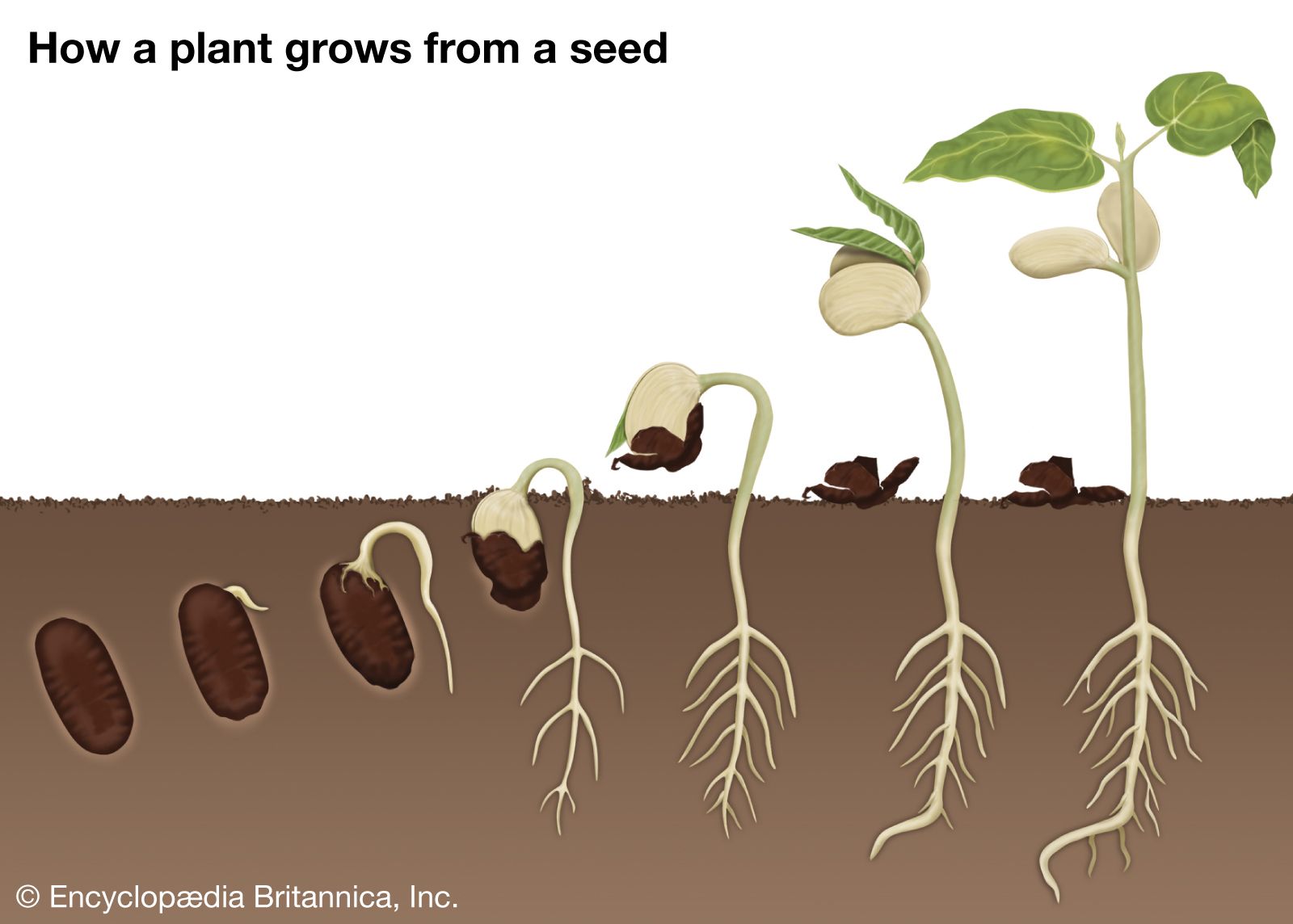Ashwagandha (Withania somnifera) is an important medicinal herb used in Ayurvedic medicine. The roots and leaves of ashwagandha are used to make tonics and supplements. However high quality ashwagandha plants start with good seeds. This comprehensive guide covers everything you need to know about ashwagandha seeds – selecting healthy seeds proper storage, pre-sowing treatments, sowing techniques and providing optimal conditions for germination.
An Overview of Ashwagandha Seeds
-
Ashwagandha seeds are small flat and oval shaped.
-
1000 seeds weigh about 2 to 5 grams
-
Ashwagandha is propagated only by seeds. Softwood cuttings for vegetative propagation do not root well.
-
Ashwagandha seeds have a hard seed coat which leads to poor germination rates. Specific pre-sowing treatments are required to improve germination.
-
Optimal seed viability is 1 year. Older seeds have poorer germination.
-
Seeds require warm temperatures between 25°C to 30°C for germination.
Selecting High Quality Ashwagandha Seeds
-
Choose plump, heavy and brown colored seeds. Avoid small, shriveled or discolored seeds.
-
Buy seeds from a reputable source and check the seed viability and germination rate.
-
Ensure seeds are free from fungal contamination or insect damage.
-
Select recently harvested seeds, preferably less than a year old.
-
Larger seeds above 3.5mm diameter have higher germination rates.
Proper Storage of Ashwagandha Seeds
-
Control moisture – Store seeds in air tight containers at 10-12% moisture content.
-
Low temperatures – Store containers in cool conditions between 5°C to 10°C.
-
Low humidity – Relative humidity of storage area should be less than 65%.
-
No direct sunlight – Direct sun heating damages seeds. Keep containers away from sunlight.
-
With proper storage, seeds remain viable for 1 to 2 years.
Pre-Sowing Treatments for Better Germination
-
24 hour water soaking – Soak seeds in water for 24 hours before sowing.
-
Mechanical scarification – Gently rub seeds on sandpaper to break the seed coat.
-
Chemical scarification – Soak seeds for 4-5 minutes in concentrated sulfuric acid and then wash thoroughly in water.
-
Hot water treatment – Soak seeds in water at 80°C for 5 minutes and then sow immediately.
-
Apply any one of the above treatments before sowing to improve germination.
Sowing Ashwagandha Seeds in Nursery Beds
Follow these steps for sowing pre-treated ashwagandha seeds in nursery beds:
-
Fill nursery beds with a light, sandy loam soil enriched with compost or vermicompost.
-
Maintain soil moisture but avoid waterlogging.
-
Broadcast pre-treated seeds evenly on soil surface.
-
Cover seeds with a thin layer of soil no more than 1 cm deep.
-
Mulch beds with straw to conserve soil moisture.
-
Water beds using a fine rose water can daily.
-
Germination occurs in 14 to 21 days when temperatures are 25°C to 30°C.
Providing Optimal Conditions for Seed Germination
-
Warmth – Maintain soil temperatures between 25°C to 30°C using bottom heat through heating cables.
-
Moisture – Water regularly to keep soil moist but not saturated.
-
Good drainage – Sow in beds with good drainage to prevent waterlogging.
-
Light – Seedlings need good sunlight after emergence so sow in open beds.
-
Weed control – Remove weeds which compete for space, light and nutrients.
-
Protection – Use insect netting to protect from pests like aphids.
Transplanting Ashwagandha Seedlings
-
Harden off seedlings before transplanting by reducing watering.
-
Transplant seedlings when they have 4-6 true leaves.
-
Prepare field beds with sandy loam soil and spacing of 30×30 cm.
-
Transplant seedlings in the evening and water immediately.
-
Mulch beds and provide shade for 2 weeks till seedlings establish.

k
HOW TO GROW ASHWAGANDHA FROM SEEDS WITH FULL UPDATES
FAQ
How long does it take for ashwagandha seeds to germinate?
Where does ashwagandha grow best?
What is the method of sowing ashwagandha?
Do ashwagandha seeds need cold stratification?
How do ashwagandha plants grow?
The plants are generally started from seed in a soil that’s at least 70 degrees F. The seeds take about 2 weeks to germinate, and after that, Ashwagandha plants need temperatures between 70 and 95 degrees for optimum growth. This summer was one of the hottest and dryest on record in Vermont, but it’s still rare to see a 90+ degree day.
How do you propagate ashwagandha from seeds?
To propagate Ashwagandha from seeds: Seed Preparation: Soak the seeds overnight in warm water to improve germination rates. Planting: Sow the seeds in a well-draining soil mix, approximately 1/4 inch deep. Keep the soil moist but not waterlogged.
How long does ashwagandha take to grow?
Therefore, it is recommended to plant the soaked seeds in a well-draining soil mix and keep them in a warm and humid location. Additionally, ashwagandha is a slow-growing plant and may take several weeks to germinate. It is important to be patient and provide consistent care to the seedlings as they grow.
What are ashwagandha seeds?
Ashwagandha seeds are what’s used to separate plant-based milk for the purpose of making vegetarian cheeses. Pick the portions of the plant that are most useful to you and harvest them. Then enjoy the fruits of your labor. You now know how to plant, grow, care for, protect, and harvest the ashwagandha herb.
